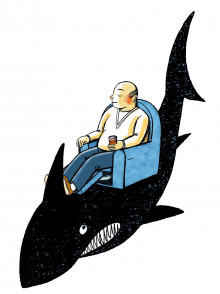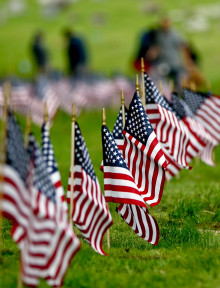Just Do It – For You

When is the last time you just did something for fun…no…really…just for fun? It seems that we are always striving and trying to be the “best” at everything we do.
That’s why I was intrigued by an article by Tim Wu entitled “In Praise of Mediocrity.” He nailed it and said what I think most of us have been thinking for quite a while. Here’s how he begins:
I’m a little surprised by how many people tell me they have no hobbies. It may seem a small thing, but — at the risk of sounding grandiose — I see it as a sign of a civilization in decline. The idea of leisure, after all, is a hard-won achievement; it presupposes that we have overcome the exigencies of brute survival. Yet here in the United States, the wealthiest country in history, we seem to have forgotten the importance of doing things solely because we enjoy them.
Yes, I know: We are all so very busy. Between work and family and social obligations, where are we supposed to find the time?
But there’s a deeper reason, I’ve come to think, that so many people don’t have hobbies: We’re afraid of being bad at them. Or rather, we are intimidated by the expectation — itself a hallmark of our intensely public, performative age — that we must actually be skilled at what we do in our free time. Our “hobbies,” if that’s even the word for them anymore, have become too serious, too demanding, too much an occasion to become anxious about whether you are really the person you claim to be.
If you’re a jogger, it is no longer enough to cruise around the block; you’re training for the next marathon. If you’re a painter, you are no longer passing a pleasant afternoon, just you, your watercolors and your water lilies; you are trying to land a gallery show or at least garner a respectable social media following. When your identity is linked to your hobby — you’re a yogi, a surfer, a rock climber — you’d better be good at it, or else who are you?
Lost here is the gentle pursuit of a modest competence, the doing of something just because you enjoy it, not because you are good at it. Hobbies, let me remind you, are supposed to be something different from work. But alien values like “the pursuit of excellence” have crept into and corrupted what was once the realm of leisure, leaving little room for the true amateur. The population of our country now seems divided between the semipro hobbyists (some as devoted as Olympic athletes) and those who retreat into the passive, screeny leisure that is the signature of our technological moment.
This is just a snippet. Want more? You can read the full article here










